Unless your work clothes require dry cleaning, you probably only go to the cleaner a few times a year. And for those few items in your closet for which you do, you have to then find the time and extra budget to make a trip all the way to the cleaners and back again. In the end, it can be quite the hassle.
Luckily, some items that say "dry clean only" can actually be washed at home if you're careful. Yep, it's true, and likely you've already pondered the possibility but were perhaps too unsure to risk it. Well, don't dismiss the idea, because you may be right. While certain garments indeed can't be put through a cycle in the wash, they're not so delicate that they won't survive handwashing by you.
Before we begin, a little knowledge: Dry cleaning isn't really "dry" at all. The reason why it's dubbed "dry cleaning" is because it doesn't use water. Instead, it uses a liquid solvent, the most common being tetrachloroethylene, and a process that doesn't put a garment through the agitation of a machine.
You could actually purchase "dry cleaning at home" products from Woolite and Dryel that will give you all you need to dry clean using your dryer, but these products can put a big dent in your pocketbook depending on how often you need to use them.
Decipher Your Laundry Labels
The first thing to do is to decode the label. What do all of those symbols mean? The Federal Trade Commission (FTC) enforces the Care Labeling Rule, requiring that manufacturers attach clear and accurate care instructions on all garments. At a minimum, a label must cover washing, bleaching, drying, and ironing. Since 1997, symbols alone have been adequate in conveying this information.
The standard symbols used in the US are from the American Society for Testing and Materials. The one we're concerned about here is the circle: this is the dry cleaning symbol. Take a look, and you'll either see an empty circle, which means it requires professional care; a circle with an "F" or "P" inside, which indicates the type of solvent to be used; or a circle with an "x" through it, which means "do not dry clean."

If either the F or P circle has a line or two lines under it, it's just referring to either gentle (one line) or very gentle (two lines) cleaning with the solvent.
Likely the care label will also include written instructions, but in case they don't, it's a good idea to familiarize yourself with the legend of these symbols. Note that a piece of clothing can be cared for in more than one way, but manufacturers are only required to list one:
Labels for clothing must have a washing or dry cleaning instruction. If an item can be washed and dry cleaned, the label needs only one of these instructions. Remember that consumers like having washing instructions for items that can be washed. If you prefer, give instructions for both washing and dry cleaning.
Exactly — even if a garment says that it is "dry clean only," it may not be the only option. Ultimately, what can help in determining candidates for DIY care is the fabric: What type of fabric is the clothing made from?
Determine Which Fabrics Can Be Washed
Depending on the type of fabric, DIY is often fine. It's true that clothes made from delicate synthetics like rayon, suede and leather, velvet, taffeta, and most silks likely won't do well with soap and water. These will in most cases require a trip to the cleaners.
Many other fabrics, however, such as cotton, synthetics like polyester and nylon, wool, some silk, and linen, will do quite well with a gentle handwashing or some time spent in the "delicates" cycle of a machine. Mild detergent and air drying (or in some cases tumble dry on low) can be combined for a convenient, at-home laundering of many items purporting to be "dry clean only."

Symbols for handwashing, bleaching, drying, ironing, from left to right.
For fabrics, keep in mind these tips: Acrylic can take warm water while colored cotton should opt for cold water to prevent running or fading. Meanwhile, white garments made from nylon should only use cold water. Spandex is sensitive to higher temperatures, and did you know you should avoid putting denim in the wash — at least at first? For cashmere, silk, and wool, and the wood pulp-based rayon, avoid the dryer.

Note the fabric: 100% cotton.
Also, note that style should be considered when deciding on whether to dry clean or not to dry clean. Simple garments, those without a lot of embellishment, are prime candidates for gentle DIY washing. But pleated skirts, suits, and blazers are typically too complex to properly wash and dry at home (and still retain their shape/cut).
So now that you've decoded the label and determined your garment can be washed at home, you're ready to give it a try.
Perform a Quick Spot Test
Using a cotton swab dabbed with water and a bit of detergent, conduct a spot test on an inconspicuous area of your garment. What you're testing for is color fastness or the fabric's resistance to running (and/or fading). If the tested area bleeds and your cotton swab is no longer white, then that's your answer — the garment must be dry cleaned.
Wash Your Garment
If your garment passes the spot test instead, then it's time to wash. Depending on the fabric, you'll be using the washing machine or a clean basin to wash the item by hand. For both, you'll want to turn your garment inside out.
For the machine method, it goes without saying that you'll be using the "delicates" cycle and you'll also be using cold water. Also for machine-washed clothes, you'll want to invest in a mesh bag specifically designed to launder delicates and keep colors separate. For handwashing, wash one item at a time in cold water and a mild detergent.
For most items, air drying is the best bet. Lay flat, and don't hang the garment on a line as that will affect its shape.
Celebrate
And you're done; that wasn't difficult at all. And now you have the confidence in DIY washing "dry clean only" items at home, at your convenience. The key in the process really is reading labels and studying up on fabrics and how they react to water and temperature.

Fabric information missing, but cold water safe.
Once you have this knowledge down, it'll become all the more easy to determine what can be washed by you and what may be better off with professional care.
Cover photo by Brad Calkins/123RF






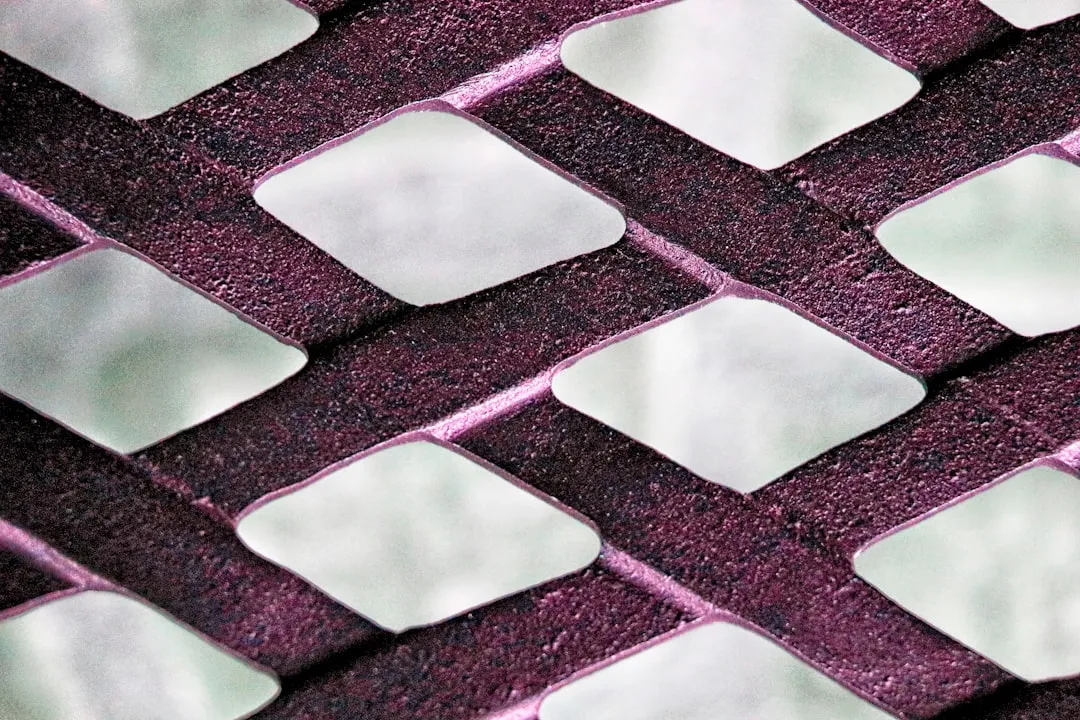




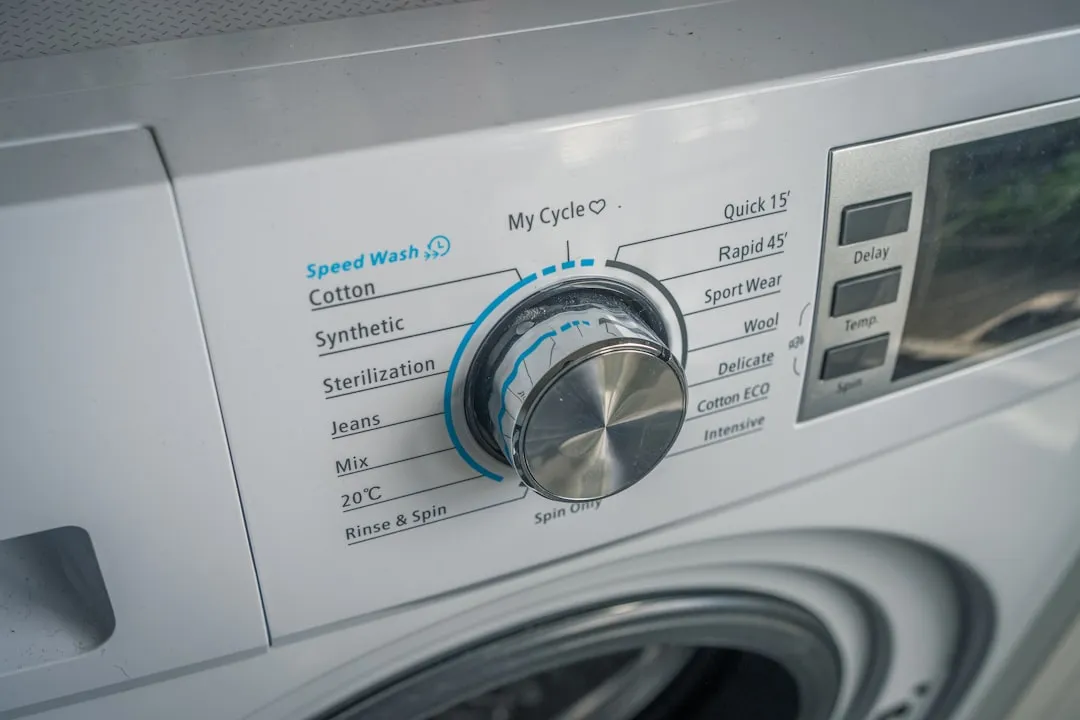

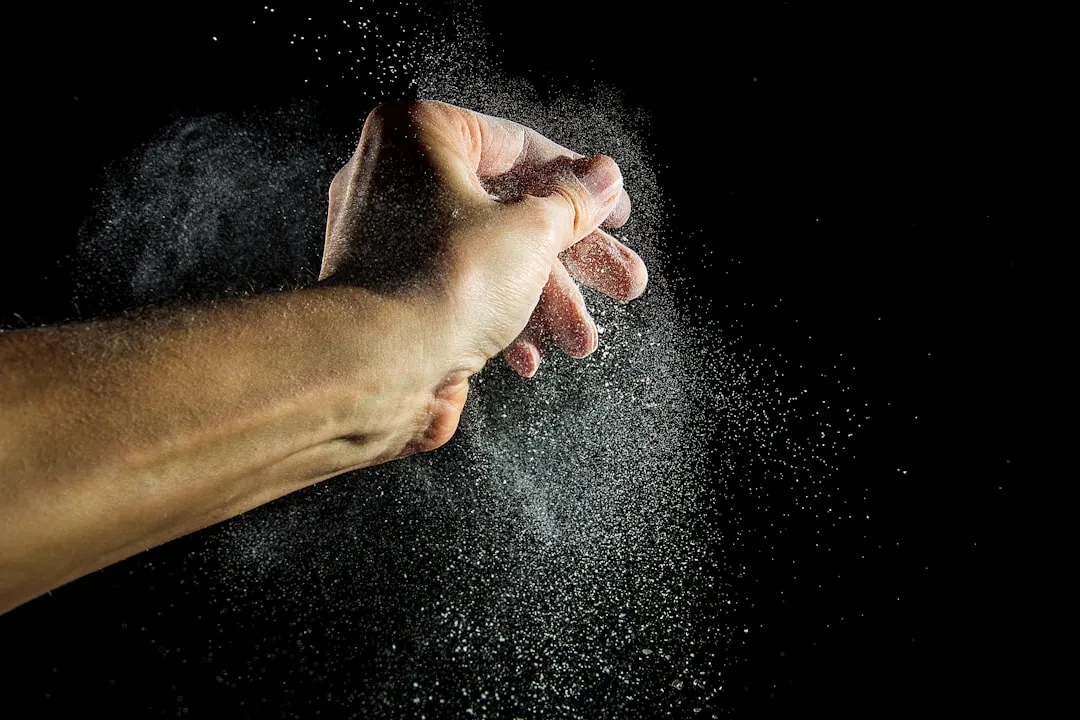
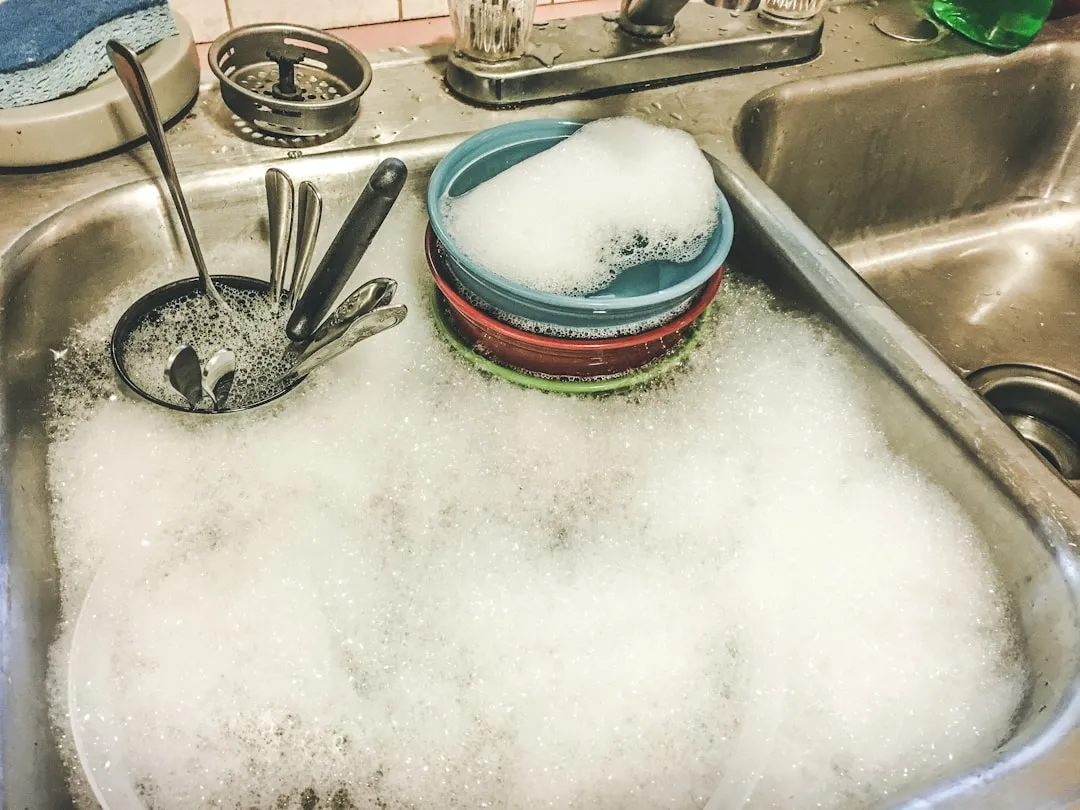

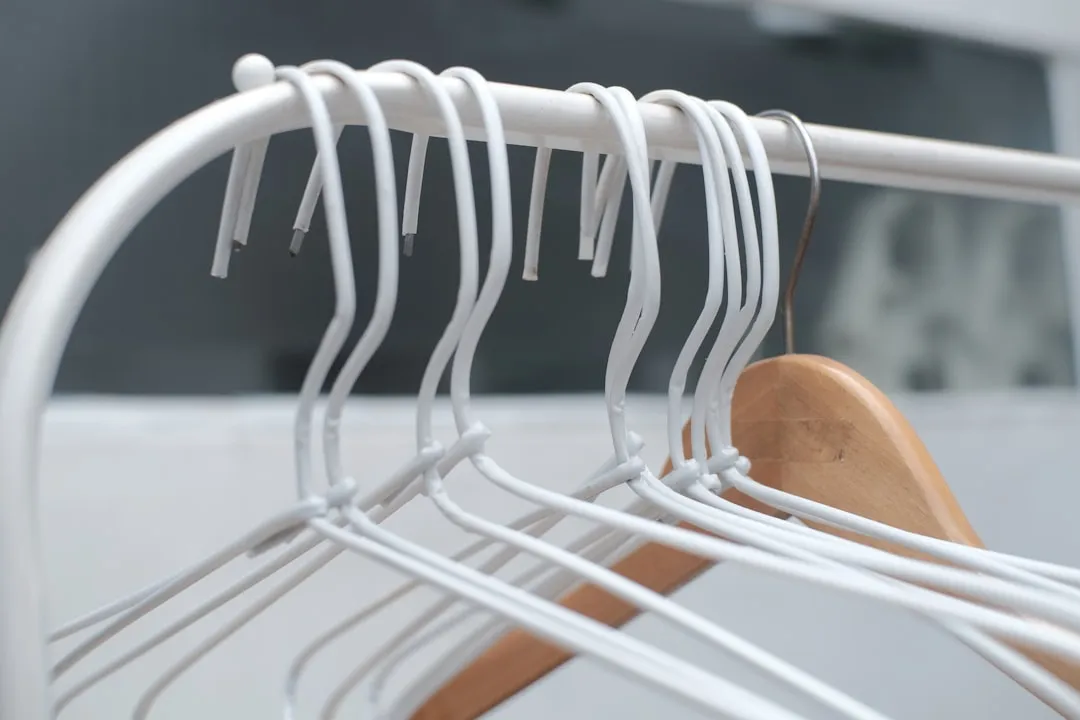

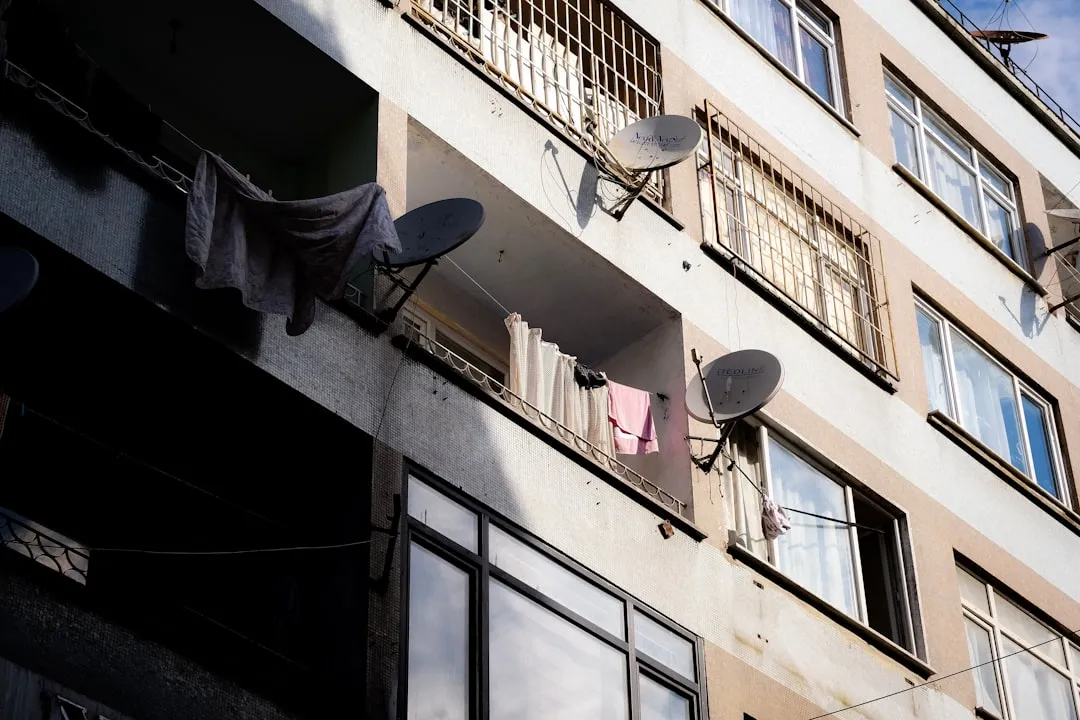




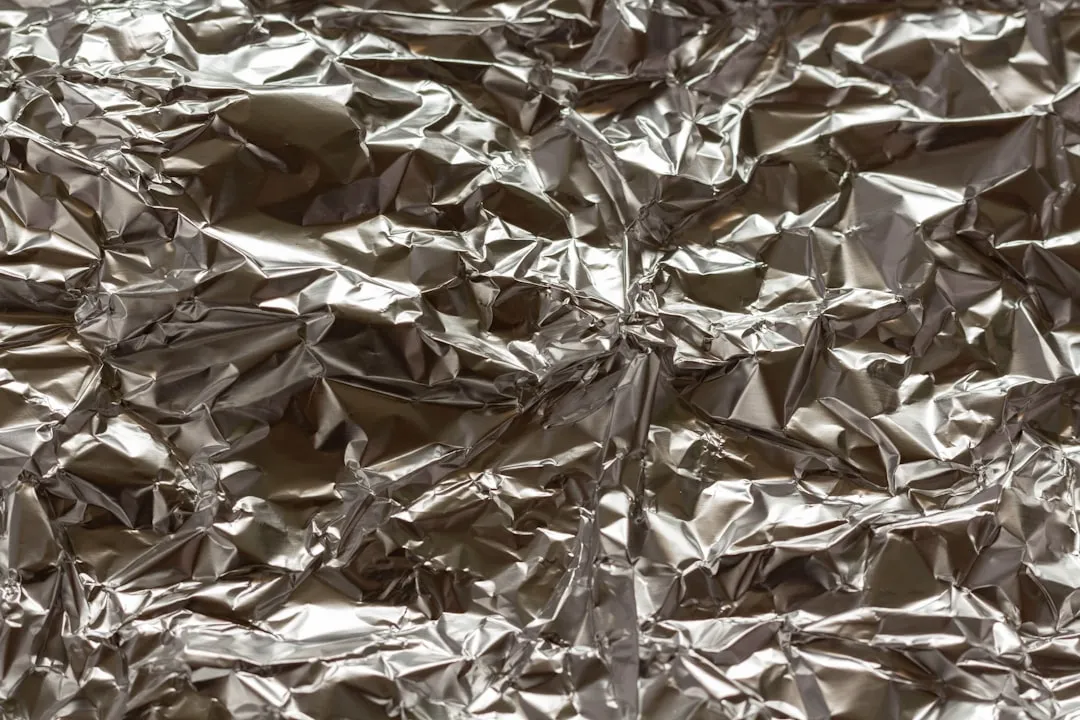

Comments
Be the first, drop a comment!